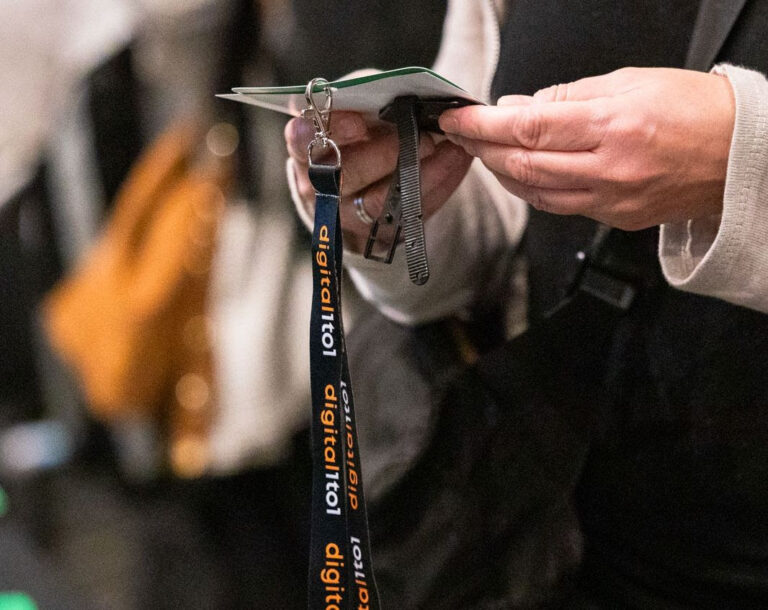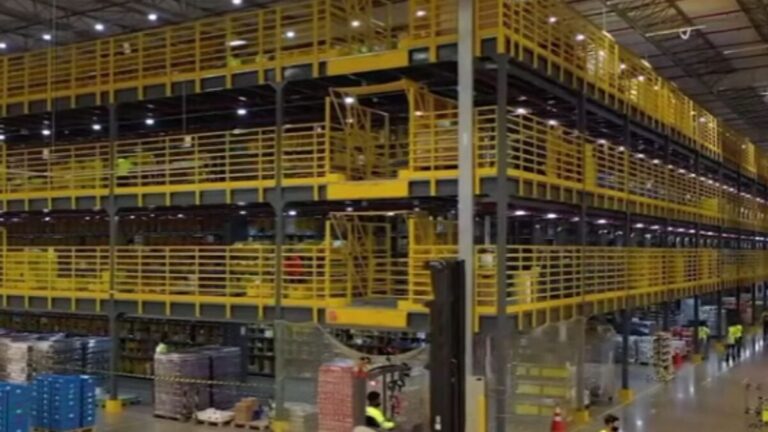
Access to Technology in Paraguayan Education: Equity Challenges and Digital Inclusion Proposals
Introduction
In the digital age, technology has become an integral part of our lives, transforming the way we communicate, gather information, and learn. However, not everyone has equal access to technology, and this is particularly true in Paraguay. The lack of access to technology in Paraguayan education poses significant challenges to achieving educational equity. In this article, we will explore the barriers to access technology in Paraguayan education and propose strategies for digital inclusion.
Hook: Imagine a classroom where students have the world at their fingertips, where they can explore limitless knowledge and communicate with experts from around the globe. This is the potential of technology in education, but in Paraguay, this potential remains elusive for many students.
Barriers to Access Technology in Paraguayan Education
1. Infrastructure limitations: One of the main challenges to accessing technology in Paraguayan education is the lack of adequate infrastructure. Many schools in rural areas do not have access to reliable internet connections or electricity. This limits the ability of students and teachers to fully utilize technology for learning purposes.
2. Affordability: Another barrier to technology access is the high cost of devices and internet services. Many families in Paraguay cannot afford to buy computers or smartphones, let alone pay for internet connections. This creates a digital divide between students who have access to technology at home and those who do not, widening the gap in educational opportunities.
3. Lack of teacher training: Even if schools have the necessary infrastructure and devices, many teachers lack the training and skills to effectively integrate technology into their teaching practices. Without proper training, technology becomes a mere distraction rather than a tool for enhancing learning experiences.
Proposals for Digital Inclusion
1. Infrastructure development: The Paraguayan government should prioritize the development of infrastructure in rural areas, ensuring that schools have access to reliable internet connections and electricity. This could be achieved through public-private partnerships or government funding initiatives.
2. Subsidized devices and internet access: To bridge the affordability gap, the government could provide subsidies or low-cost devices and internet services to students from low-income families. This would enable more students to have access to technology at home and level the playing field in education.
3. Teacher training programs: Investing in teacher training programs is crucial to ensure that educators are equipped with the skills and knowledge to effectively integrate technology into their classrooms. These programs can be conducted by education ministries, universities, or non-profit organizations, and should focus on both the technical aspects of using technology and the pedagogical strategies for effective integration.
4. Collaborative partnerships: Collaboration between government, private sector, and civil society organizations is essential for promoting digital inclusion in Paraguayan education. By pooling resources, expertise, and networks, these partnerships can accelerate the adoption of technology in schools and provide ongoing support to students and teachers.
FAQs
1. How does technology enhance learning in Paraguayan education?
Technology enhances learning in Paraguayan education by providing access to a vast amount of information, enabling interactive and engaging learning experiences, fostering collaboration and communication, and preparing students for the digital future.
2. What are the challenges of implementing technology in Paraguayan schools?
The challenges of implementing technology in Paraguayan schools include infrastructure limitations, affordability, lack of teacher training, and resistance to change. Overcoming these challenges requires a multi-faceted approach involving government, private sector, and civil society collaboration.
3. What are the potential benefits of digital inclusion in Paraguayan education?
Digital inclusion in Paraguayan education can lead to improved educational outcomes, increased access to resources and opportunities, reduced educational inequalities, enhanced critical thinking and problem-solving skills, and better preparation for the workforce.
Conclusion
Access to technology in Paraguayan education remains a significant challenge that needs to be addressed urgently. By focusing on infrastructure development, affordability, teacher training, and collaborative partnerships, it is possible to overcome these challenges and create a more equitable and inclusive education system. Digital inclusion is not just about providing students with devices and internet access but also empowering them to become digitally literate and active participants in the digital world. Only then can Paraguay unlock the full potential of technology in education and prepare its students for success in the 21st century.


















